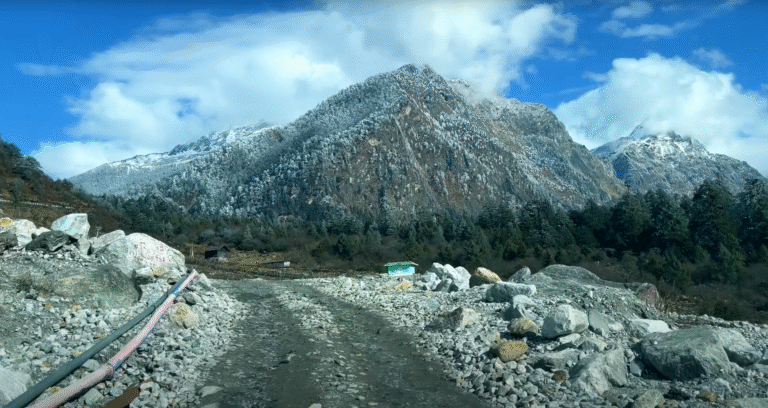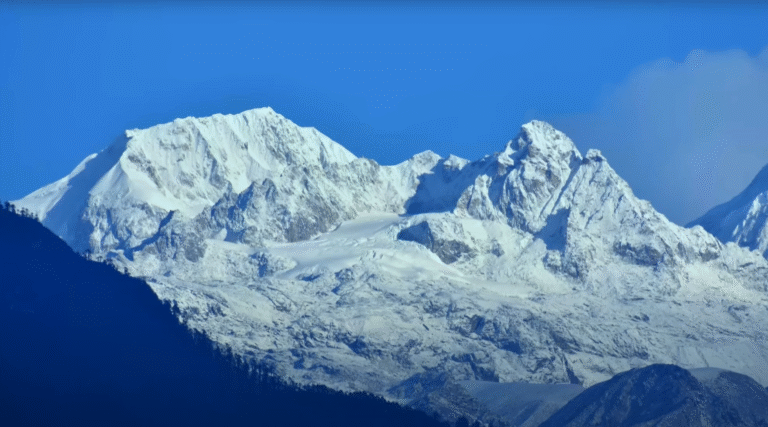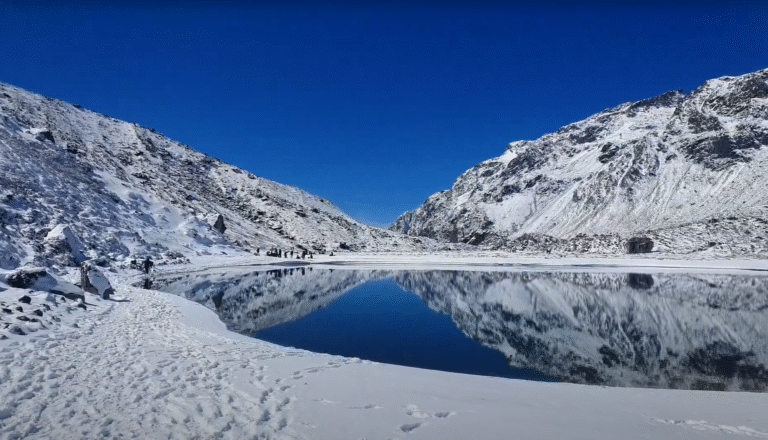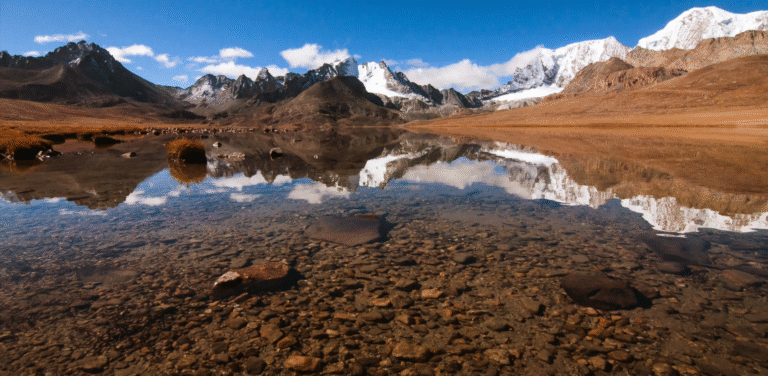Tsomgo Lake (Changu Lake), Sikkim – Complete Travel Guide, Best Time & Things to Do
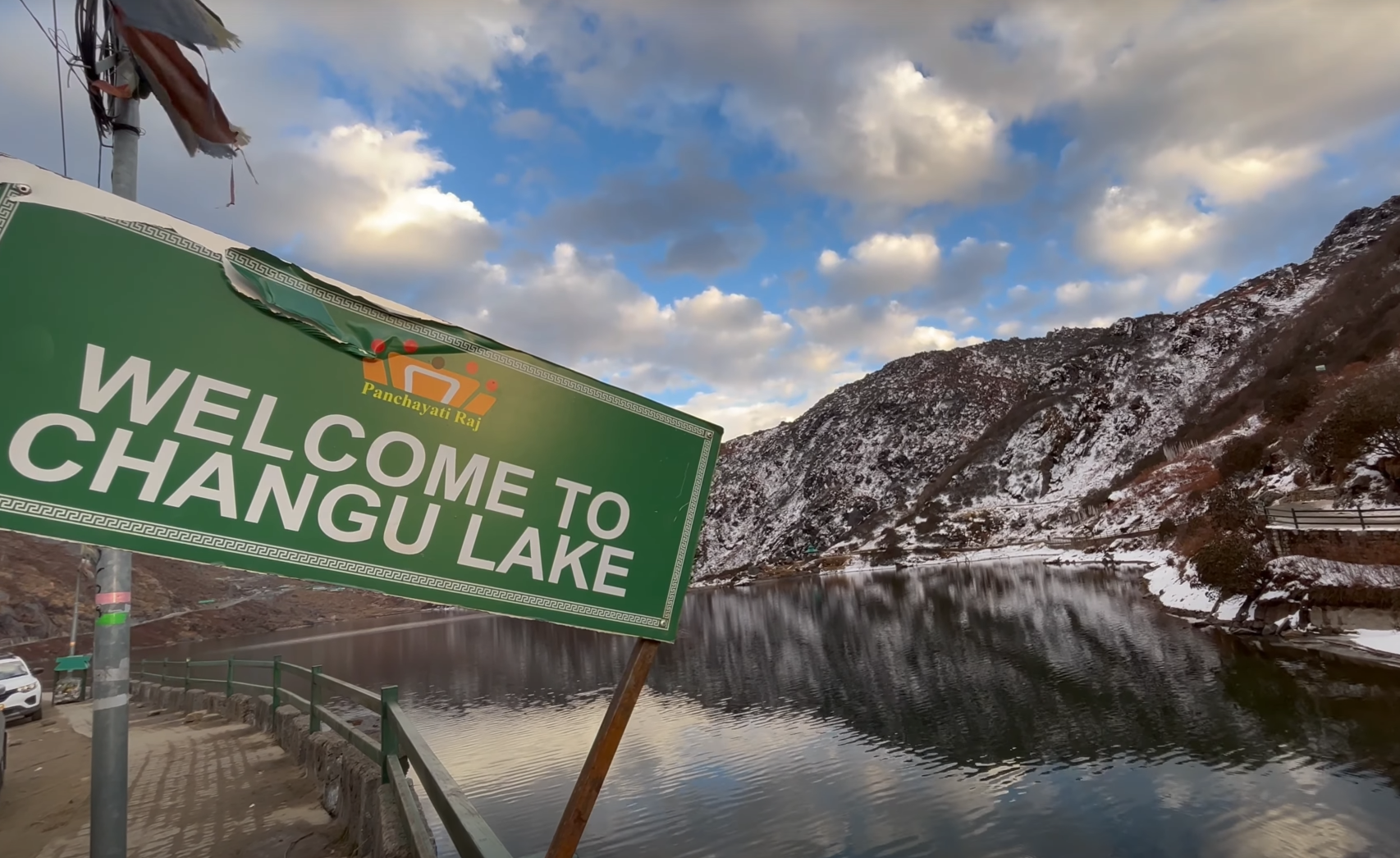
If you’re planning a trip to Sikkim, one destination you simply can’t miss is Tsomgo Lake, also popularly known as Changu Lake. Located just 40 km from Gangtok, this high-altitude glacial lake sits at an elevation of 12,313 ft (3,753 m) and is one of the most beautiful lakes in India. With its crystal-clear waters, snow-capped backdrop, and cultural legends, Tsomgo Lake is a perfect blend of nature, adventure, and spirituality.
Quick Facts: Tsomgo Lake (Changu Lake), Sikkim
| Category | Details |
|---|---|
| Location | 40 km from Gangtok, East Sikkim |
| Altitude | 12,313 ft (3,753 m) |
| Type | Glacial Lake, fed by melting snow |
| Best Time to Visit | March – May (flowers in bloom) & October – November (clear skies) |
| Winter Experience | Lake completely freezes (Dec – Feb) |
| Nearby Attractions | Nathula Pass, Baba Mandir, Kyongnosla Alpine Sanctuary |
| Permits Required | Yes (Protected Area Permit for Indians, Special Permit for foreigners) |
| Travel Time from Gangtok | Around 2 hours by road |
| Activities | Yak rides, photography, birdwatching, sightseeing |
| Food Availability | Small local stalls serving tea, momos, thukpa, Maggi |
| Tips | Carry warm clothes, ID proofs, and start early in the day |
About Tsomgo Lake
Tsomgo Lake is an oval-shaped glacial lake, stretching about 1 km long and 50 feet deep. It is fed by melting snow from the surrounding mountains, and its waters change color with the seasons. In winter, the lake freezes into a sheet of ice, while in spring and summer, it reflects shades of blue and green, surrounded by blooming rhododendrons.
Myth, Legends & Cultural Significance
Tsomgo Lake is not just scenic—it is also deeply spiritual.
- In the Bhutia language, Tso means lake and Mgo means head, symbolizing its sacred status.
- Local legends say that Buddhist monks once studied the lake’s color to predict the future.
- The lake is dedicated to Lord Shiva, and every year, rituals and prayers are performed during Guru Purnima.
- Even today, locals consider the lake’s waters to hold healing and divine powers.
Best Time to Visit Tsomgo Lake
- Winter (Dec – Feb): Frozen lake, snow-covered surroundings, and a fairytale-like atmosphere.
- Spring (Mar – May): Valley comes alive with blooming primulas, rhododendrons, and alpine flowers.
- Summer (Jun – Aug): Pleasant but prone to monsoon rains and landslides.
- Autumn (Sep – Nov): Clear skies, ideal for photography, and best reflections on the lake.
Recommended months: March–May and October–November.
Things to Do at Tsomgo Lake
- Yak & Mule Rides – Ride colorfully decorated yaks along the lake shore.
- Photography & Nature Walks – Capture stunning landscapes, alpine flora, and the changing hues of the lake.
- Bird Watching – Spot Brahmini ducks, Blood Pheasants, Himalayan Monals, and other migratory birds.
- Visit Nearby Spots:
- Nathula Pass (14,140 ft) – A historic Silk Route border pass.
- Baba Harbhajan Singh Temple – Shrine dedicated to the soldier saint.
- Kyongnosla Alpine Sanctuary – Famous for orchids and red pandas.
- Winter Fun – Play in the snowfields or trek short snowy trails (seasonal).
How to Reach Tsomgo Lake
- From Gangtok: 40 km, approx. 2-hour drive.
- By Taxi/Jeep: Shared jeeps and private taxis are easily available.
- Permits:
- Indian tourists need a Protected Area Permit (PAP).
- Foreign nationals need a Restricted Area Permit (RAP) and must travel with a registered guide.
- Permits can be arranged by hotels or travel agents in Gangtok.
Travel Tips for Visitors
Carry heavy woolens – it’s cold year-round.
Stay hydrated and avoid overexertion due to high altitude.
Keep ID proofs ready for permits.
Visit early morning for the best visibility.
Do not litter – respect the lake’s sacred value.
Suggested Travel Itinerary
One-Day Trip from Gangtok
- 7:00 AM: Depart Gangtok.
- 9:00 AM: Arrive at Tsomgo Lake. Enjoy yak rides, tea stalls, and photography.
- 11:00 AM: Visit Baba Mandir.
- 12:30 PM: Head to Nathula Pass (closed Mon/Tue).
- 2:00 PM: Lunch at local stalls.
- 4:30 PM: Return to Gangtok.
Two-Day Leisure Trip
Day 1: Explore Tsomgo Lake at a slower pace, enjoy birdwatching, and return to Gangtok for overnight stay.
Day 2: Visit Nathula Pass, Baba Mandir, and Kyongnosla Alpine Sanctuary before returning to Gangtok.
Nearby Attractions
- Nathula Pass – A must-visit Indo-China border point.
- Baba Harbhajan Singh Temple – Dedicated to the legendary “Hero of Nathula.”
- Kyongnosla Alpine Sanctuary – Paradise for nature and wildlife lovers.
- Gangtok City – Explore MG Marg, monasteries, and local cafes.
Conclusion
Tsomgo Lake (Changu Lake) is not just another sightseeing spot—it’s a sacred Himalayan wonder that offers a mix of scenic beauty, spirituality, and adventure. Whether you’re looking for a quick day trip from Gangtok or a relaxed two-day getaway, the lake has something for every traveler. From frozen winters to blooming springs, every season brings out a new side of this enchanting lake.
Instagram Captions for Tsomgo Lake
- Lost in the magic of Tsomgo Lake – where legends meet landscapes.
- When the lake reflects the Himalayas, you know you’re in paradise.
- Changu Lake – frozen in winter, blooming in spring, breathtaking always.
- Yak rides, snow peaks, and glacial waters – Tsomgo Lake has it all.
- Not all treasures are hidden – some sparkle 12,000 ft above sea level.
- At Tsomgo Lake, time slows down, and the mountains whisper stories.
- A mirror of the sky, a jewel of Sikkim – that’s Changu Lake.
- Tea, momos, and Himalayan views by the lake – pure bliss.
- Some places are meant to be felt, not just seen – Tsomgo Lake is one of them.
- If peace had a postcard, it would be Tsomgo Lake.
- High-altitude dreams come true at Changu Lake, Sikkim.
- The kind of view that makes you believe in magic.
- Snow, serenity, and sacred vibes – welcome to Tsomgo Lake.
- At 12,313 ft, beauty doesn’t just take your breath away—it steals it.
- From legends of monks to the reflections of mountains, Tsomgo Lake is truly timeless.
